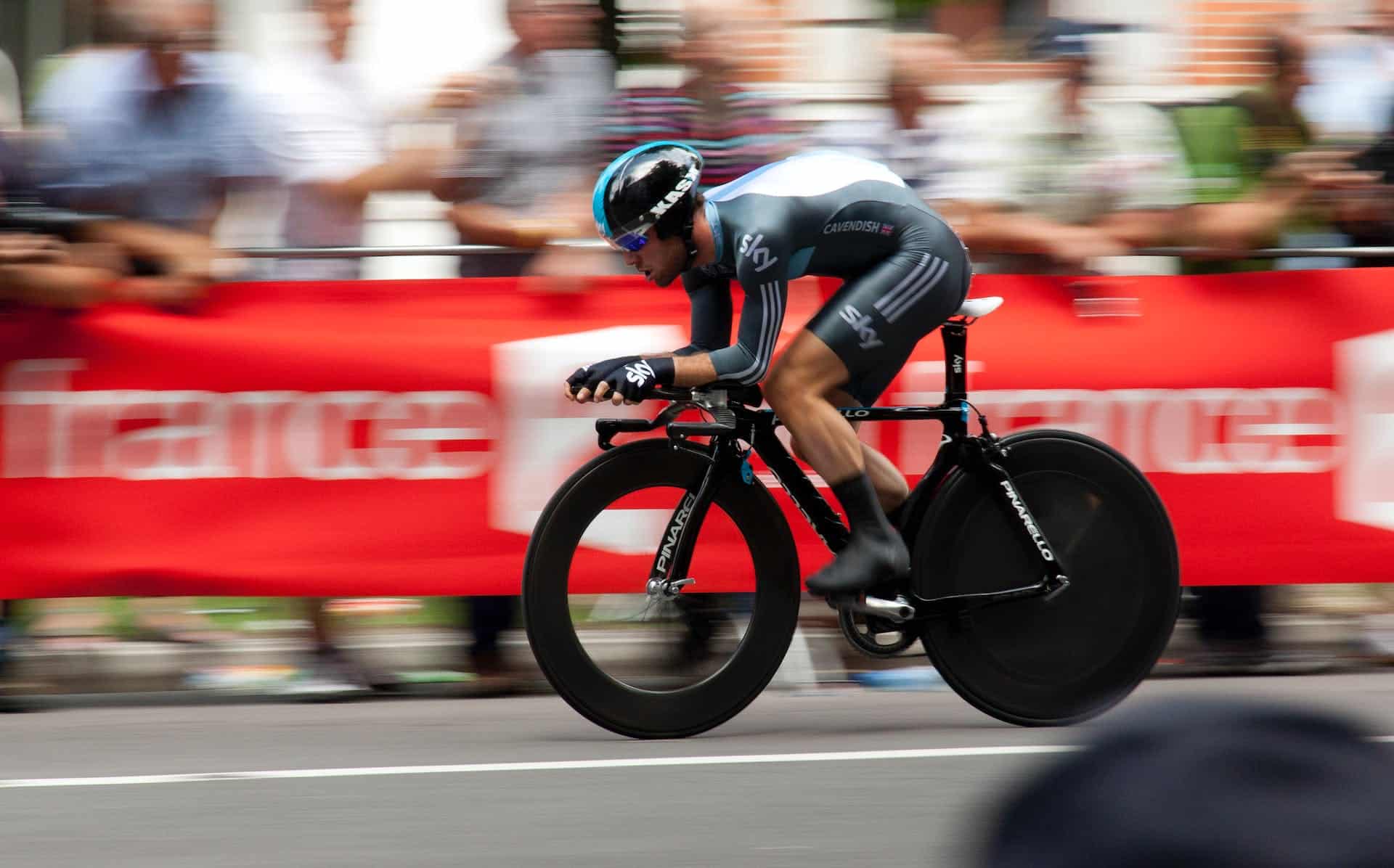Diabetes mellitus is a disorder of sugar metabolism.
The blood sugar level is regulated mainly by the hormone insulin. If the amount of insulin produced is insufficient (type 1 diabetes), or if the effect of insulin is reduced (type 2 diabetes), blood sugar levels are chronically elevated. After some time, this results in significant damage to blood vessels. The term used for this is therefore diabetic angiopathy. If larger blood vessels are affected, the risk of heart attack and stroke is increased. The microvascular changes caused by diabetes can also cause serious complications.
Impaired microcirculation in patients with diabetes mellitus
Among the most feared long-term consequences of diabetic angiopathy are damage to the eyes (diabetic retinopathy), the kidneys (diabetic nephropathy) and the nerves (diabetic neuropathy).
Diabetic retinopathy is the main cause of blindness in middle age in Germany and other industrialized countries. The retina is supplied with nutrients and oxygen through very fine microvessels. Over time, diabetes can damage the microvessels so that this supply is no longer sufficient. Affected persons at first see everything blurred, as though through a veil. In advanced stages, pronounced vision disorders and even blindness may develop. According to estimates by the German Diabetes Society, 20 to 40 percent of diabetics suffer kidney damage in the course of their disease. One of the tasks of the kidneys is to filter toxins and waste products out of the blood so they can be excreted in the urine. This work is done via tiny blood vessels in the renal corpuscles. Persistently high blood sugar levels damage these microvessels.
As a result, the filtering capacity of the kidney is reduced and the body is no longer sufficiently detoxified. If left untreated, this can lead to chronic renal failure so that renal functions must be replaced by dialysis or a kidney transplant. Approximately 30 percent of diabetes patients suffer nerve damage. One cause of this is impaired nerve cell metabolism due to high blood sugar levels. Another factor is reduced oxygen supply to the nerve cells due to the damaged microvessels supplying them. The most evident consequences are abnormal sensations like tingling, burning pain or numbness, especially in the hands and feet. In addition, tactile and temperature sensations, as well as pain perception, may be reduced. This latter factor favours the development of diabetic foot syndrome since wounds are not noticed in early stages and – also due to impaired microcirculation – heal poorly.
LONG-TERM DAMAGE RESULTING FROM IMPAIRED MICROCIRCULATION IN PATIENTS WITH DIABETES MELLITUS
• Damage to eyes (diabetic retinopathy) with vision impairments
• Damage to renal function (diabetic nephropathy), possibly mandatory dialysis
• Nerve damage (diabetic neuropathy) with abnormal sensations and impaired pain perception
• Impaired wound healing (diabetic foot syndrome)
Reference
https://www.imin-org.eu/images/Broschuere/BGV_Mikrozirkulation_2018_englisch.pdf







